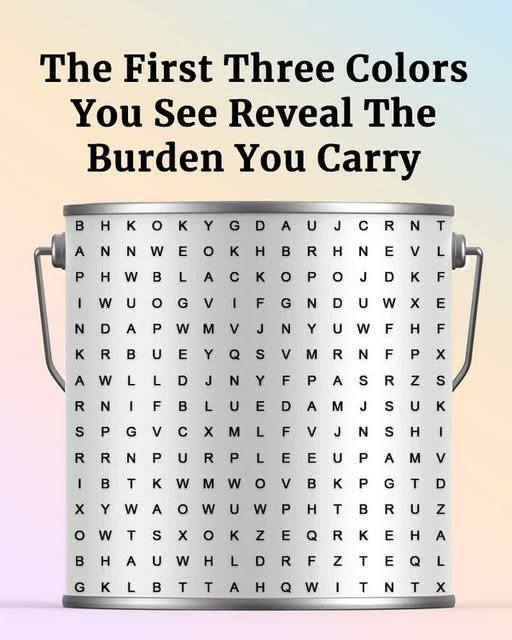Color has always spoken a secret language to us, tapping into our emotions in ways we often don’t consciously notice,
and understanding that language starts with recognizing the emotional fingerprints colors leave behind. Red stirs passion or conflict, blue evokes sadness or calm, and purple symbolizes transformation. Our reactions aren’t random—color is deeply tied to memory, emotion, and brain-based perception. It impacts us subconsciously, stirring feelings long before we realize why. Cultural traditions also shape these meanings: white signifies purity in the West but mourning in parts of the East, while red represents luck in China yet danger in Western cultures. Every color holds a key to both universal and personal stories.
Color can also be a powerful tool for self-discovery. By noticing which colors draw us in and reflecting on our emotional responses, we can learn more about our inner worlds. Creative exploration—through art, journaling, or even therapy—offers ways to tap into these hidden feelings. Emerging fields, like AI-driven therapies, are beginning to use color to affect mood and support emotional healing, showing how modern science is merging with ancient wisdom about how we see and feel color.
Our connection to color starts in infancy, shaped by a mix of genetics and early experiences, and continues to evolve throughout life. It can heal, soothe, or even trigger emotions depending on our personal histories. By approaching color mindfully, we don’t just see it—we feel it, carrying with us a palette of emotions that has the power to transform, awaken, and even heal us from the inside out.
